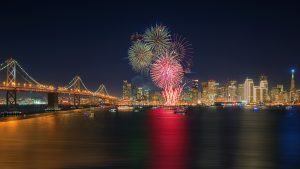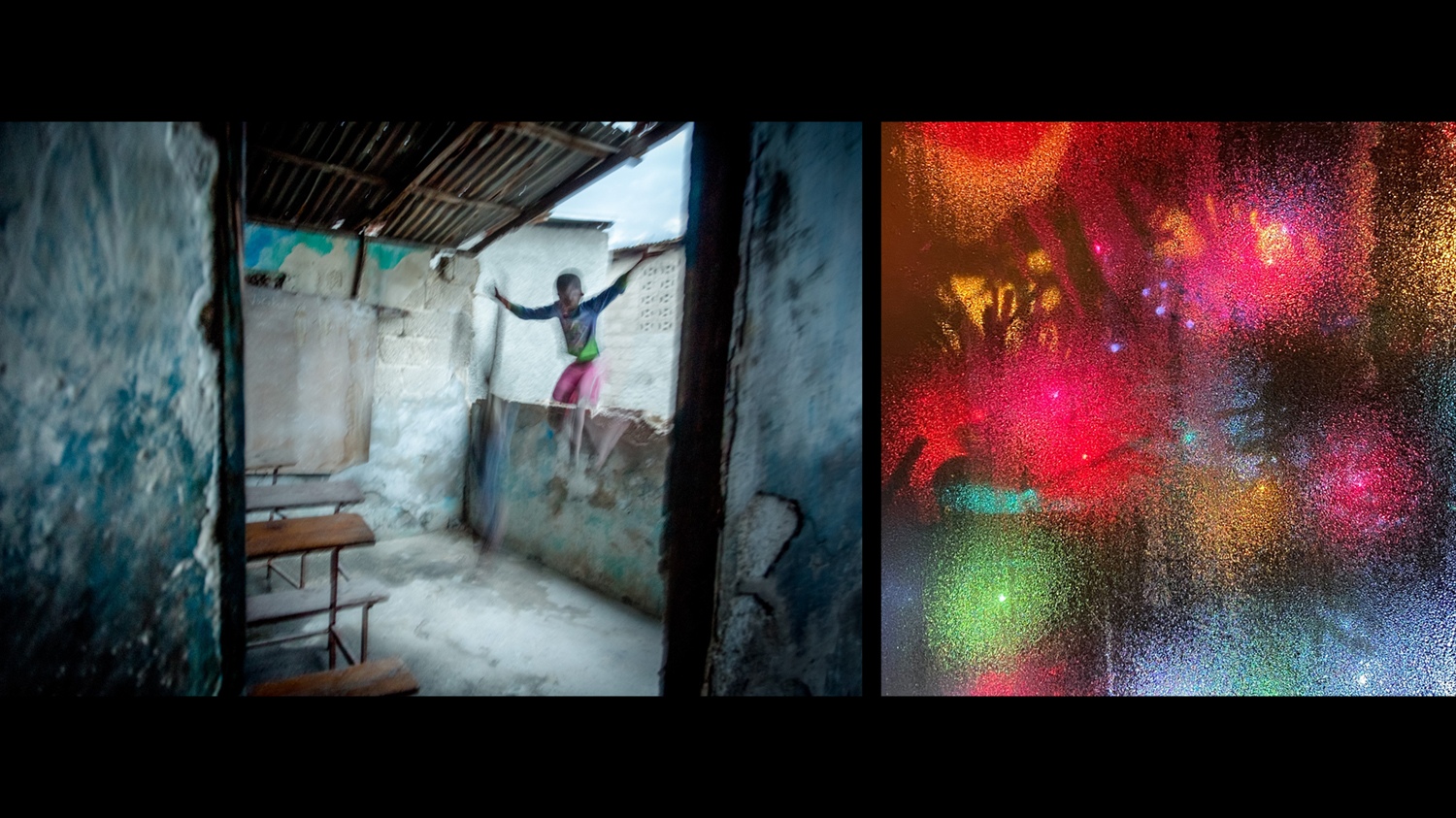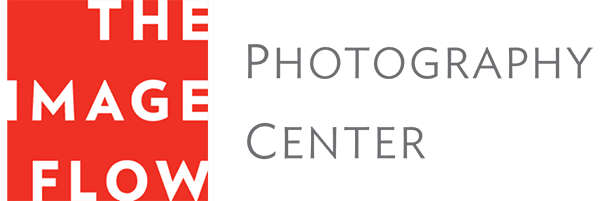

We’re thrilled to have an extraordinary duo, Nancy Richards Farese and Bob Farese, in our studio next month for their book signings. Each capture wildly different mediums—Nancy, a perspective on children’s play, which she documented through her philanthropic travels, and Bob, a doctor and research scientist with an impressionistic eye for visual storytelling.
We sat down with Nancy, who identifies as a photographer, social entrepreneur, writer, and philanthropist, to talk to her about her book, Potential Space: A Serious Look at Child’s Play. Nancy has worked extensively with international development organizations, such as CARE International, the United Nations High Commission for Refugees, RefugePoint, and the Carter Center, to document via photography global social issues.
After one trip brought her to Bangladesh to document the Rohingya refugee crisis, which forced millions of people into camps as they fled the Myanmar genocide, she couldn’t help but notice children playing and laughing in the camps. Surrounded by grief, despair, and fear, these children were still able to adapt and socialize, despite dire conditions. This experience launched her into the world of play, and what ultimately culminated in the documentary-style book Potential Space.
In conjunction with research within the field of play, Nancy has developed a sharp opinion on the subject; how it guides us as a society, and how it varies from culture to culture. Her true objective with publishing the book, she notes, is to drive a public conversation about play as an essential tool of well-being in our personal lives and our shared global community.
“I think play is so vitally important. For us as individuals, as societies, I’m eager to have these opportunities to talk to groups of people about play.”
The journey into publishing began with an advanced mentorship with Ed Kashi and Jim Estrin at the Anderson Valley Art Center in Colorado. The three-year intensive was extremely hands-on, and the guidance she received from Ed and Jim led her to develop her research around the subject, and ultimately make the decision to publish a book with her work.
Ultimately landing with MW Editions, the book progressed from an essay and photography book to more photography centric. “The work that Stuart at The Image Flow did was key in the publishing process”, Nancy noted. The print proofs, which The Image Flow and Nancy worked on together, became reference prints for the publisher in Europe; as the prominent content of the book was imagery, it was crucial that the images were printed en masse in the books the way that Nancy envisioned and developed them.
“It’s a wonderful way, I think, as an artist and a creator to draw a circle around a project and complete it, which is what this project was for me.” As for her future plans, with the world opening up, she hopes to continue to speak about the world of play and encourage conversation around the subject –
“I think we’re in an extraordinary moment for play. One of the key components of creativity is usually constraint. It’s typically financial, physical, or even an emotional constraint. But right now, in the midst of COVID, we’ve never had more constraints, maybe even in our lifetimes. And because of that, there’s been an explosion of creativity.” So, let’s tap into our reservoirs and explore joy, creativity, and healing through the power of play.
We sat down with Bob Farese, Jr., who has a new book now out and available from Lecturis publishing Am I Not Light. His Zen-like approach to photography has transformed the way he views the world and came to be as a way to connect with new surroundings after a move to Boston, MA. Through mentorships and projects, he’s realizing that staying true to yourself while soaking up the influences of other masters creates a dynamic and ever-learning atmosphere that he is clearly thriving in. Read our conversation below.
I was always interested in art; I love painting and drawing but struggle to make time for this. When I moved to Boston, I began using my iPhone to take photographs of my new surroundings, which has turned out to be an eye-opening experience for me. Photography totally changed the way I view the world – I used to walk to the metro every day, head down, one step in front of the other, but photography has made me much more mindful of what’s around me, including all the beauty.
I’ve started to use my Sony camera a lot more recently—the better lens, better zoom, and the way I’ve learned to use it makes it like an even better iPhone. However, the iPhone to me remains interesting because it’s easy and accessible, and I always have it with me. I have been fortunate enough to study under Gueorgui Pinkhassov of Magnum, whose methods are more about capturing the real world in a visually interesting way. As he noted in a recent essay, “[the iPhone] becomes a continuation of yourself, the instrument of your freedom and integration into the world. You need intermediaries less and less, and thanks to it, you have easier control of your space and time.”
I can’t say that one particular thing catches my eye, but to me, photography is kind of like fly fishing. You’re out in the open, observing, being patient, and when something grabs you, you are instantly drawn in. Then you have to work it a bit – whether it’s the angles, the light, the way you’re shooting. It’s also a very Zen experience for me – it is all in the present moment and I am totally immersed in it.
The processing I do is mostly on the iPhone – it’s definitely a part of my process and playing around with the exposure, highlights, that kind of stuff is really interesting to me. It’s like putting the finishing touches on a painting, to really bring out what you were trying to capture. I don’t use filters, however.
The text is a poem I wrote to explore the emotions I was experiencing during this time period in Boston. I wanted it to compliment the images in the book; I wrote it in one draft and it just kind of worked. The book and the way we (Syb and I) designed it, with the images dispersed in the poem, asks more of the viewer than just to flip through – there are the delicate pages, the space between images and text – it asks to have the reader sit down to spend time in the experience. The title, Am I Not Light, is a nod to my science background and Einstein, who proposed that energy and matter are interchangeable.
I have a few things that are in the very beginning stages, but nothing too developed. I’m currently in a mentorship with Matt Black. He’s an interesting new mentor because he’s very intentional about what he does. [He is] very project, or mission-oriented, and approaches things differently from how I’ve worked. It’s fun to learn new things.
For me, all of these mentorships, projects, research, etc., is working towards achieving some kind of mastery—the idea for me is that you expose yourself to masters, you learn what you can, and internalize it while staying true to yourself. You create from that place. That’s really life—we’re all a product of what we’re exposed to, what we’ve kept, and what we’ve discarded of our experiences. Plus, I really enjoy learning things. I will always be learning.

